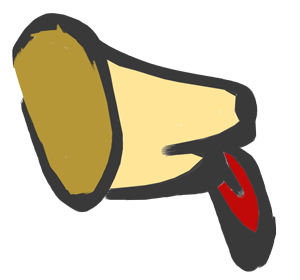https://github.com/mfidemraizer/trackerdog
Generic object change tracker for .NET Framework and .NET Standard-compliant platforms like .NET Core and Xamarin!
https://github.com/mfidemraizer/trackerdog
c-sharp change-tracker dotnet dotnet-core net-standard object-graph poco poco-changes proxies
Last synced: 18 days ago
JSON representation
Generic object change tracker for .NET Framework and .NET Standard-compliant platforms like .NET Core and Xamarin!
- Host: GitHub
- URL: https://github.com/mfidemraizer/trackerdog
- Owner: mfidemraizer
- License: apache-2.0
- Created: 2015-11-09T11:34:42.000Z (almost 10 years ago)
- Default Branch: v2
- Last Pushed: 2017-12-31T16:53:52.000Z (almost 8 years ago)
- Last Synced: 2025-04-09T23:15:21.095Z (6 months ago)
- Topics: c-sharp, change-tracker, dotnet, dotnet-core, net-standard, object-graph, poco, poco-changes, proxies
- Language: C#
- Homepage: http://mfidemraizer.github.io/trackerdog
- Size: 4.03 MB
- Stars: 100
- Watchers: 5
- Forks: 9
- Open Issues: 10
-
Metadata Files:
- Readme: README.md
- License: LICENSE
Awesome Lists containing this project
README
# Welcome to TrackerDog!


## What is TrackerDog?
TrackerDog works on seamlessly turning your .NET objects into change-tracked objects. It can track a full object graph, including collection properties.
Also, since version 2.2.0, **TrackerDog works on both full .NET Framework and .NET Standard-compliant platforms like .NET Core or Xamarin**!



## How to install it?
TrackerDog is distributed as a NuGet package called _TrackerDog_. Follow this link to get installation instructions.
## Getting started
Follow up this tutorial to become object change tracking expert!
If you're looking for API reference, [follow this link](http://mfidemraizer.github.io/trackerdog).
## Why TrackerDog?
When implementing some design patterns like _Unit of Work_ in a very seamless way, it is required that the whole _Unit of Work_ could track object changes and produce _new_ or _updated_ object persistence actions in order to let a given peristence layer work on the so-called operations.
Most enterprise applications work with _object-relational mappers (OR/M)_ like _Entity Framework_ and _NHibernate_ which, as full _OR/M_ frameworks, they can track persistent object changes and generate an underlying SQL `INSERT`, `UPDATE` or `DELETE` under the hoods thanks to their built-in change tracking.
At the end of the day, these _OR/M_ frameworks implement change tracking turning your POCO class instances into _proxies_ that intercept your POCO property changes and once you call the _commit_-specific method of their built-in _unit of work_ they can persist changes to the database without your intervention.
So, what happens when you don't use an _OR/M_ or, even worse: **what happens when you don't use an _OR/M_ but you want to implement an _unit of work_ capable of tracking your POCO changes?**
A good example of implementing a change tracking can be an _unit of work_ to provide an abstraction layer over a NoSQL driver like Mongo, Couch, Cassandra, Redis... Even when some of them have some kind of atomically-executed set of commands, they will not track changes in your application layer. Actually there should be more possible use cases, but one of most important use cases is implementing a true _domain-driven design_ architecture ensuring that a domain unit of work can track changes either when you use a regular _data mapper_ (for which you won't use TrackerDog) or you want to implement _repositories_ that return change-trackable domain objects!
In summary, TrackerDog turns your object graphs into interceptable object proxies that share a common _change tracker_ which let you check what has changed in your objects or even accept or undo changes to a given object graph.